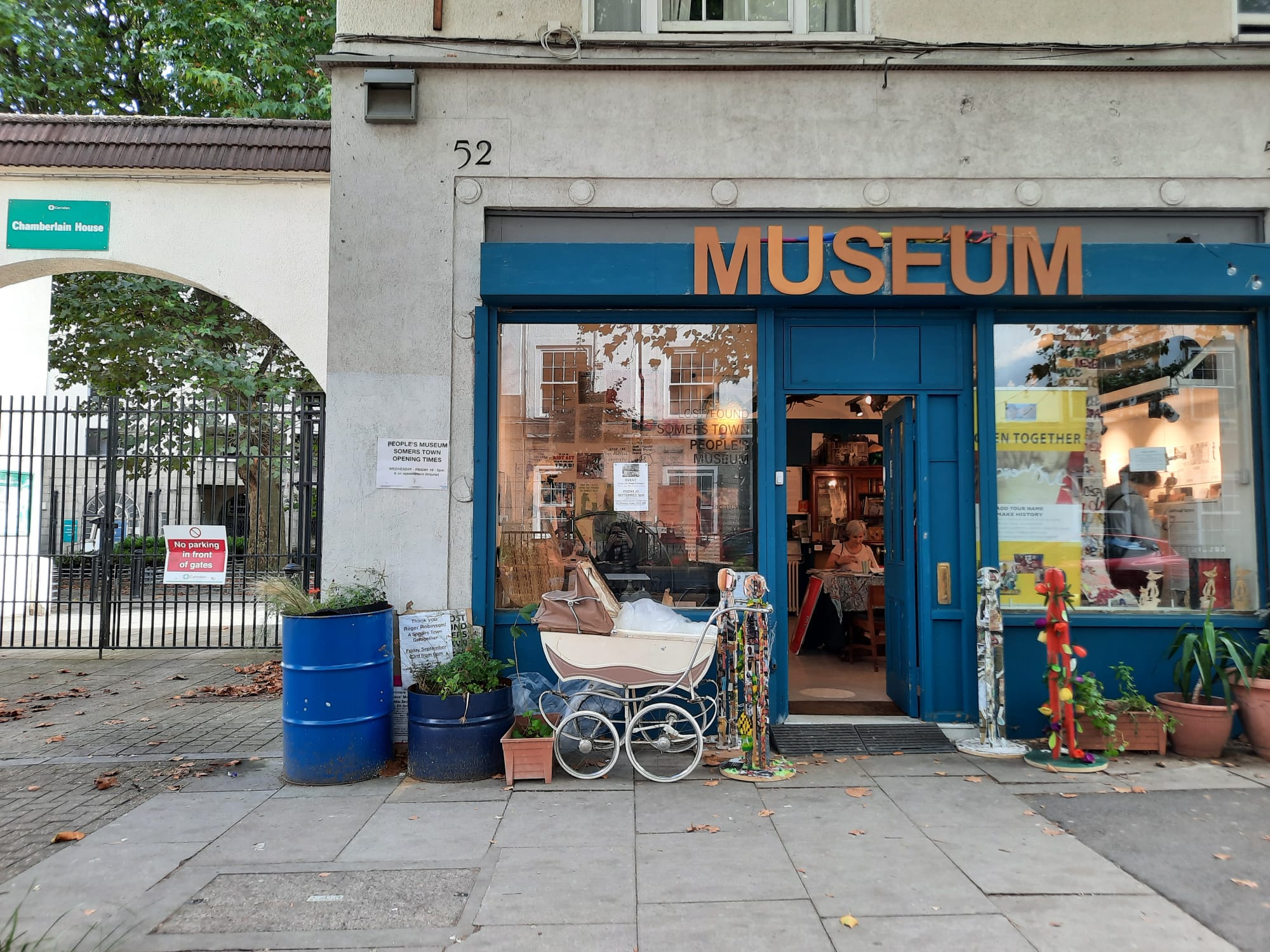People’s Museum Somers Town, London
A visit today to a museum on a mission. The People’s Museum Somers Town aims to keep this historic London neighbourhood on the map both literally and figuratively, as it once again faces threats from redevelopment and railway expansion.
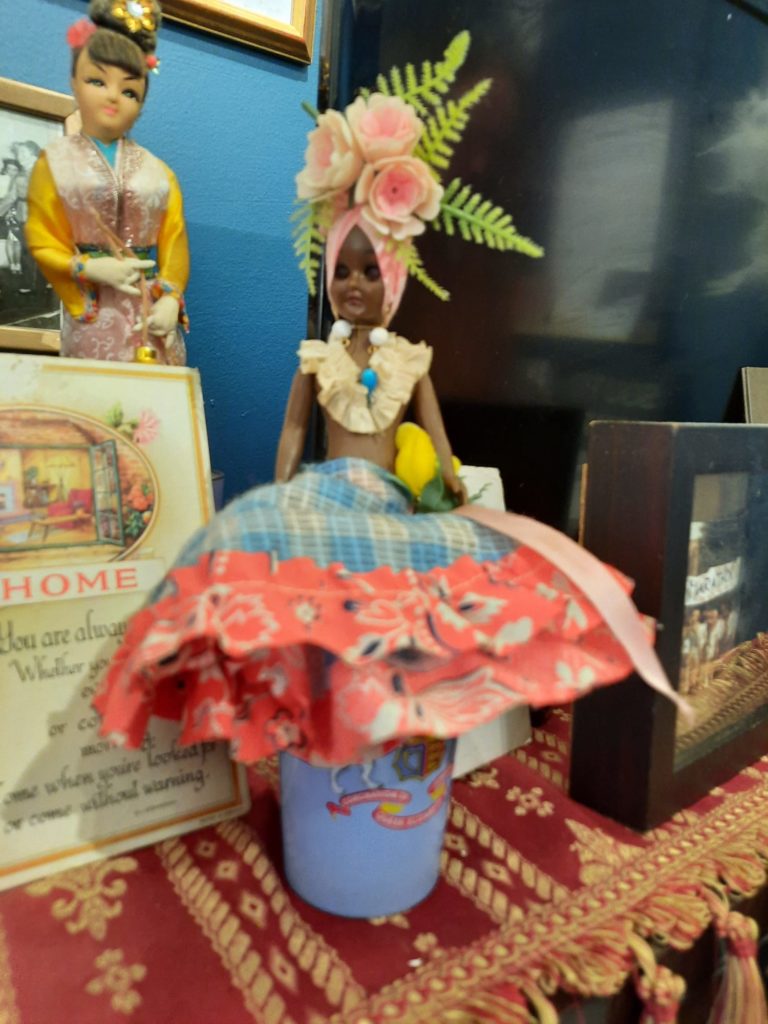
Where Is Somers Town?
I have a confession to make, dear readers. I couldn’t quite pinpoint Somers Town previously. And I am a historian and museologist with an interest in London’s history. On the other hand, London has a lot of history to get to grips with. So sometimes even the target audience for a museum needs a helping hand to find it. I got just such a helping hand a while back in the form of Open House. As I browsed its listings, I was curious about one for People’s Museum Somers Town. And so I attended a drop-in session to find out what it was all about.
Historically, Somers Town referred to a triangular area between the Euston, Pancras and Hampstead roads. Once it was part of the medieval parish of St Pancras, Middlesex. But it’s long been a part of inner city London. As you can probably tell by the images that ‘Euston’ and ‘St Pancras’ bring to mind, Somers Town since the Victorian era has been dominated (or threatened) by railways. Long a working-class neighbourhood, it has been a cradle for experiments in housing and community organisation. It has also been home to notable figures including William Godwin, Mary Wollstonecraft, and their daughter Mary (later Mary Shelley).
Plenty of history, therefore, for a museum to busy itself with. But as the name implies, the People’s Museum Somers Town is not merely a museum designed to tell a nice sanitised story. This is a museum with a purpose. Their byline and website is ‘a space for us’. The website further reads:
People’s Museum Somers Town: A Space for Us is a space to celebrate Somers Town’s incredible ‘radical, reformers and rebels‘ histories, to record the change now, as well as to campaign and preserve local working class heritage.
ABOUT – PEOPLE’S MUSEUM SOMERS TOWN (aspaceforus.club)
Just how a new museum goes about achieving these aims is an interesting proposition for a historian and museologist. So let’s take a closer look.
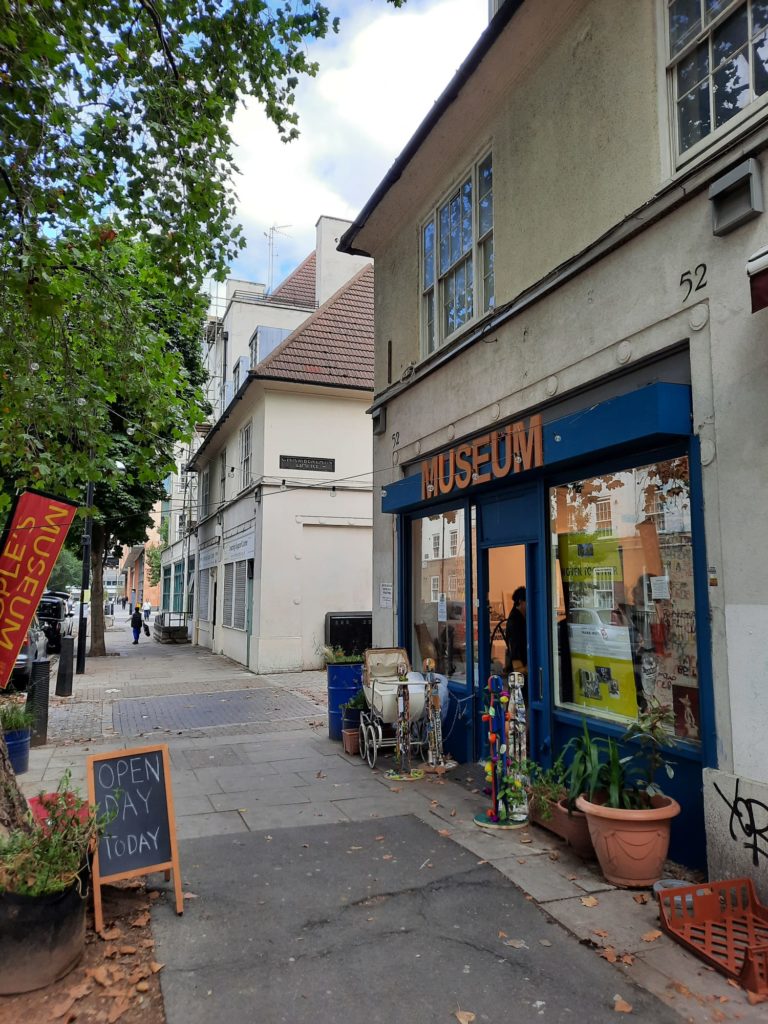
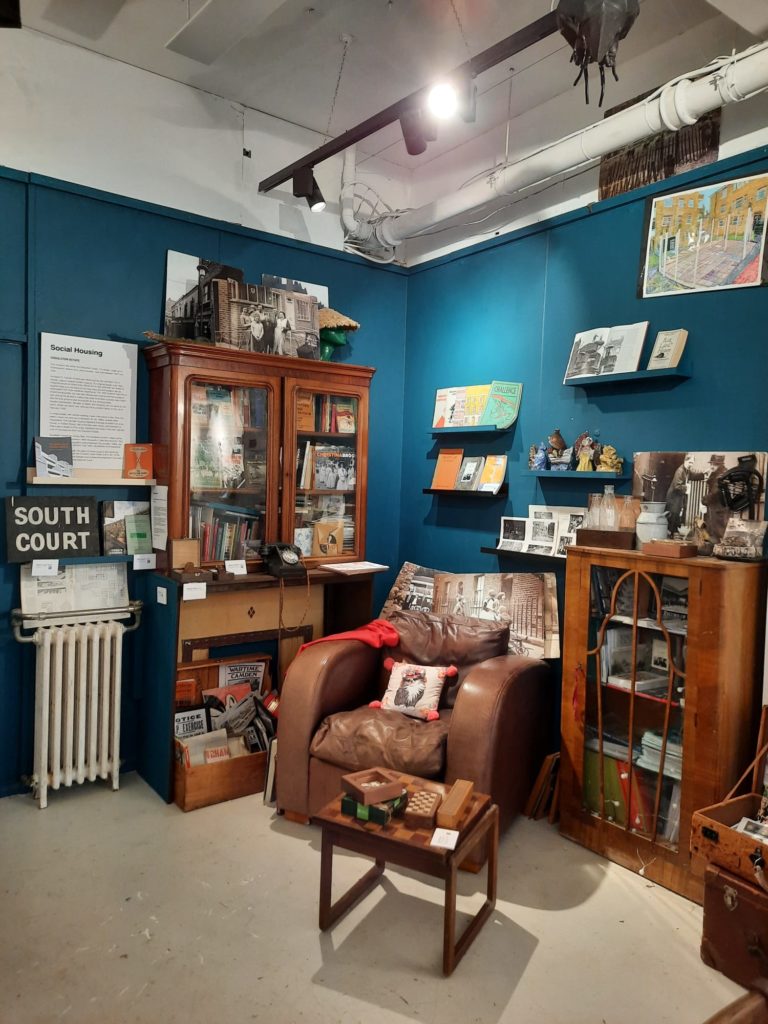
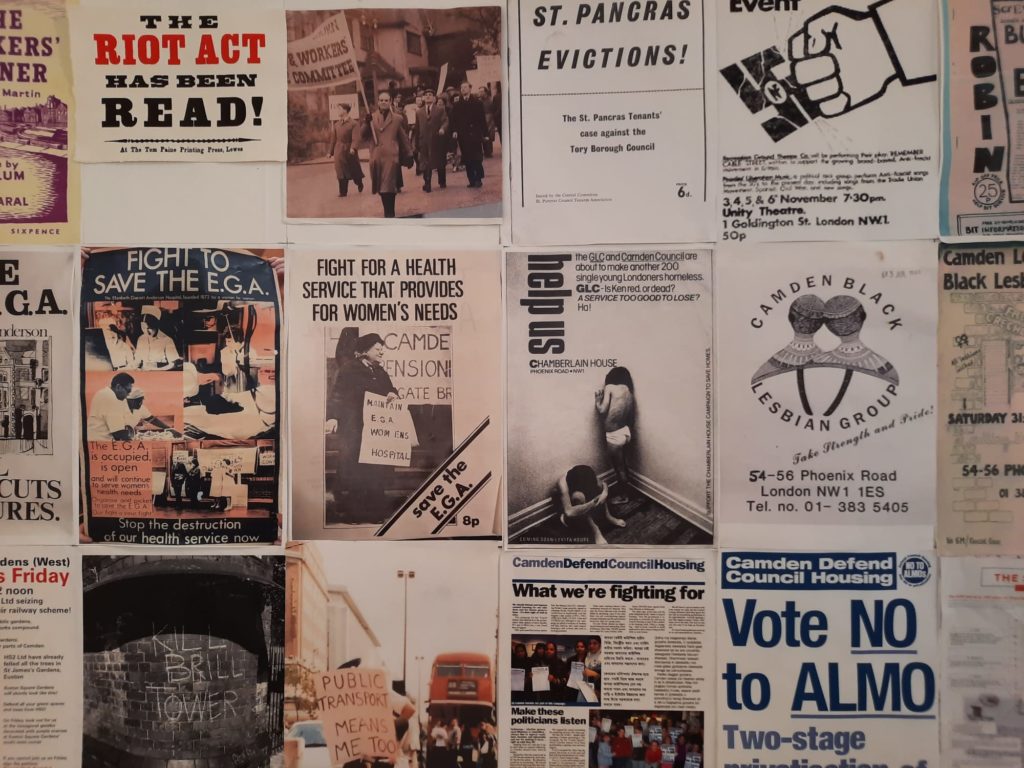
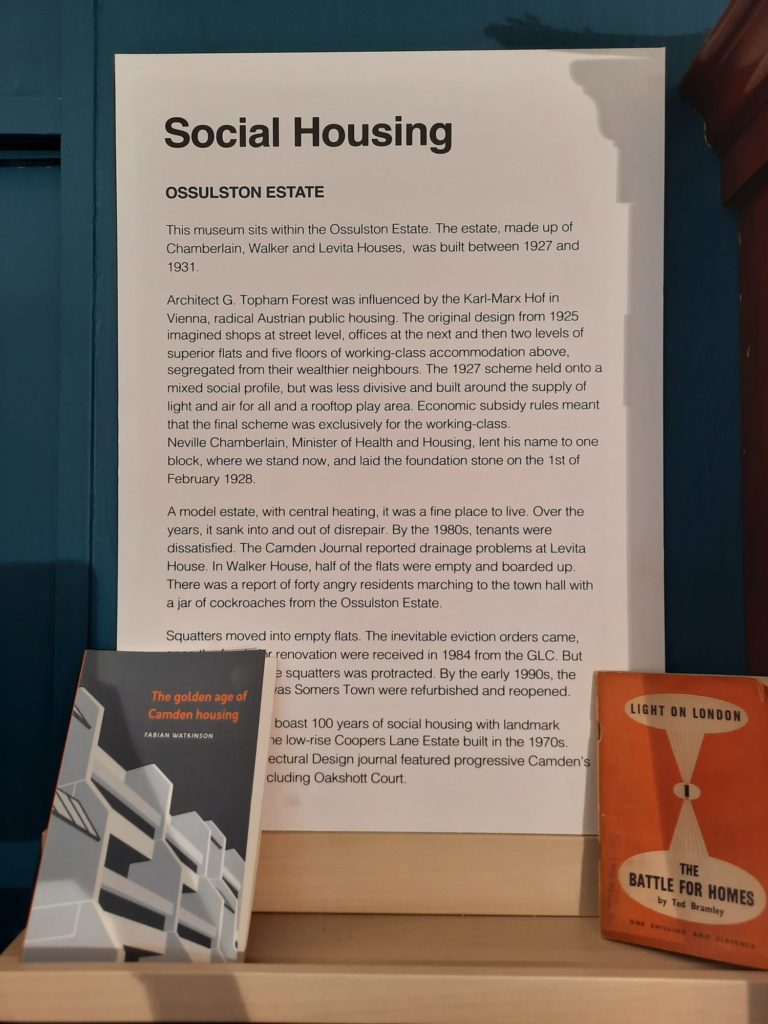
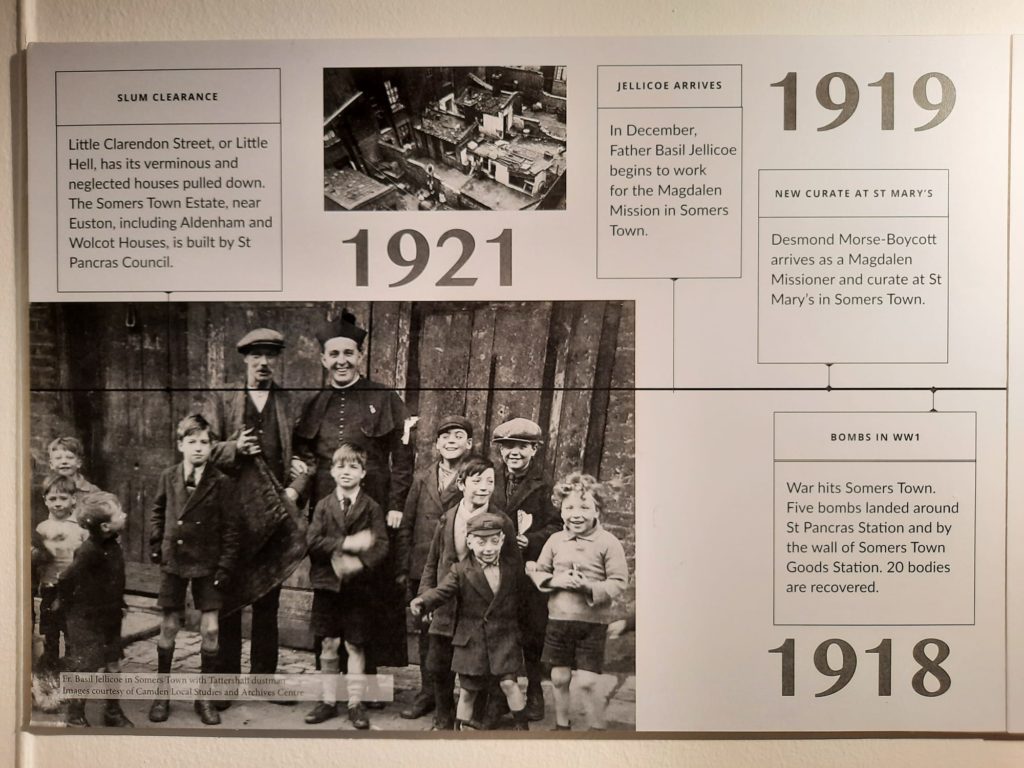
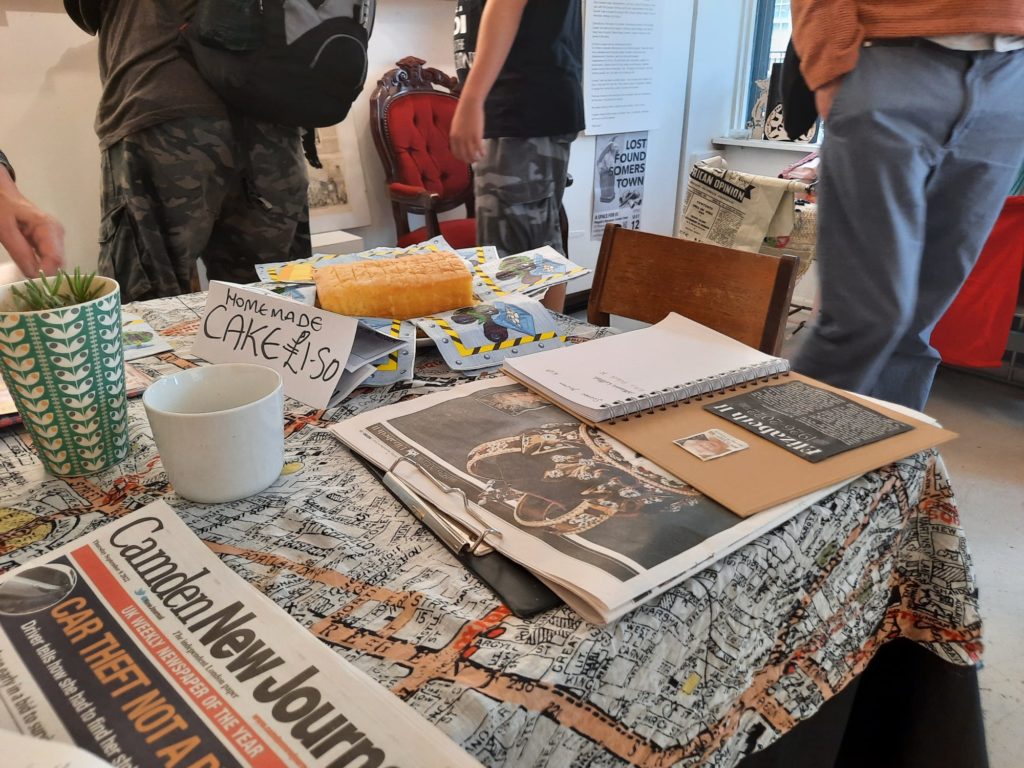
People’s Museum Somers Town
The People’s Museum Somers Town is on Phoenix Road, within the Grade 2-listed Ossulton Estate. What presumably was once a shop (?) now has the feel of a living room, with armchairs, a piano, and a friendly jumble of objects. There’s a wealth of printed information in the form of wall texts, as well as QR codes with supplementary detail. Like a lot of small museums, its collection bears the hallmarks of being shaped by donations. These objects even spill out onto the footpath outside, inviting curious passers-by into the museum space.
When I visited during Open House, a couple of volunteers were on hand to answer questions (and sell homemade cakes and a few ‘gift shop’ items). The museum has a heavy focus on oral history, in keeping with its aim of preserving and telling working class stories. It’s also the kind of space that draws in people with a personal connection to Somers Town, and I inevitably overheard other visitors sharing their own histories with the volunteers.
As a museum, the People’s Museum Somers Town has an interesting vibe. It feels like it’s trying to tell you everything at once, and encourages you to sift through to find the stories that you connect with. At the same time I could sense an organised framework underneath it all. The museum has started a journal, Spirit!, whose first issue I purchased. It tells a range of stories: of radical housing projects, vanished community practices like group holidays, notable characters and special events. The point that Spirit! makes is that each of these is worthy of an exhibition. There are plenty of stories to tell. And now a space to tell them in. A space that also functions as a community asset, with events, walks, competitions etc. which are free to locals.
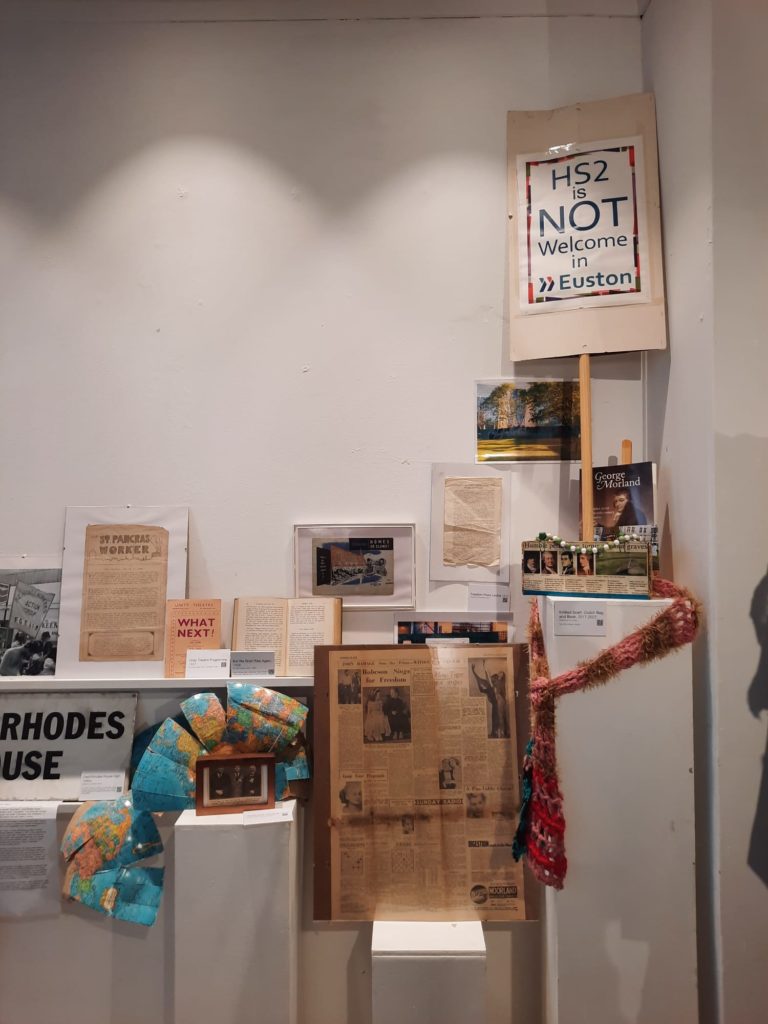
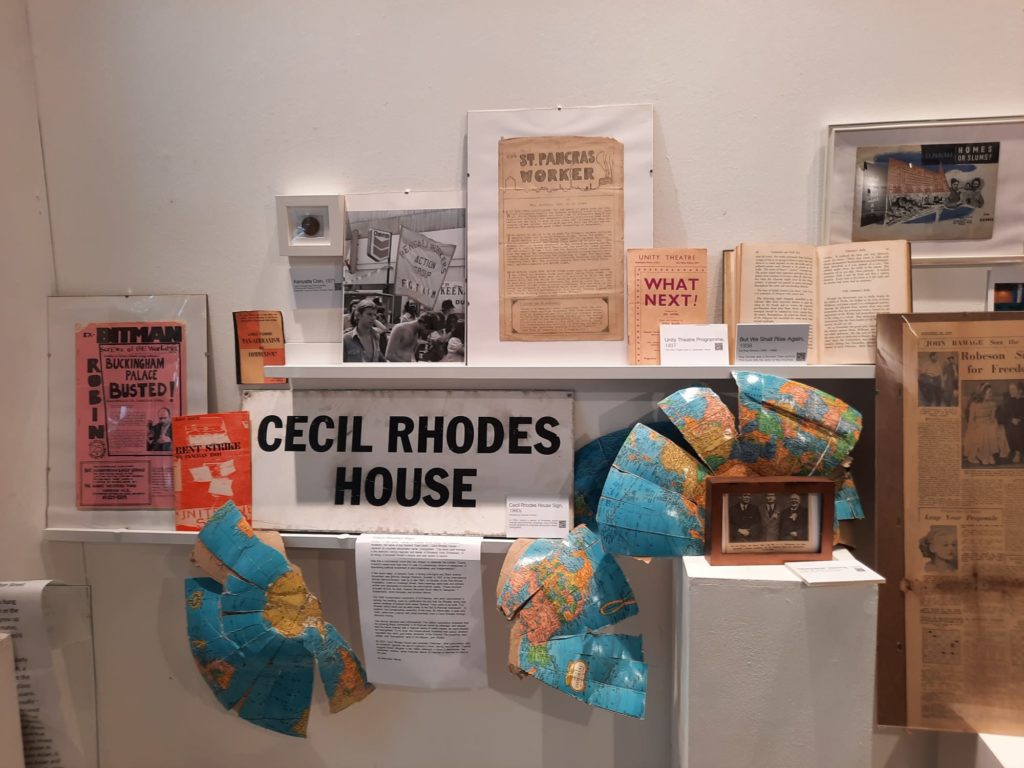
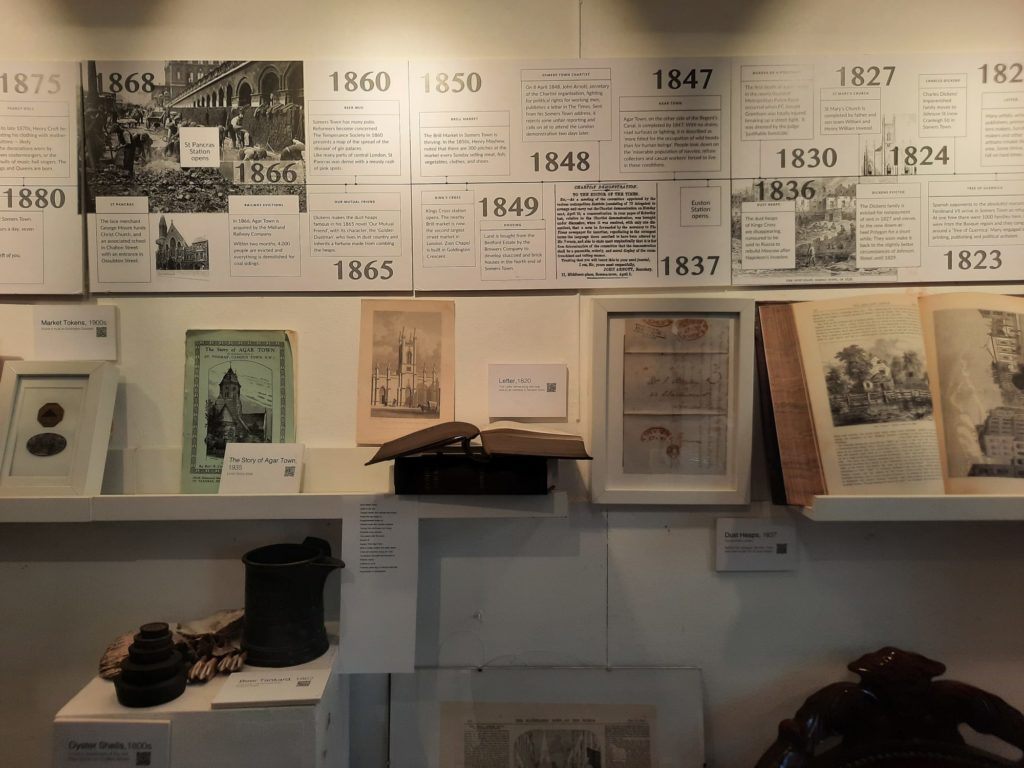
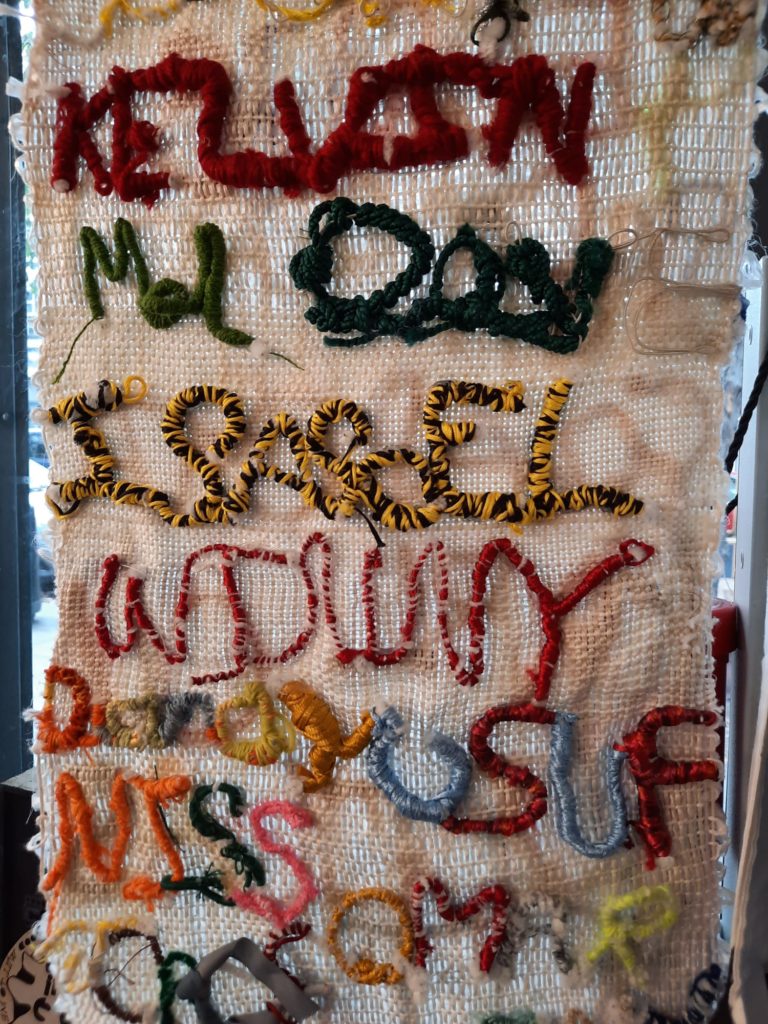
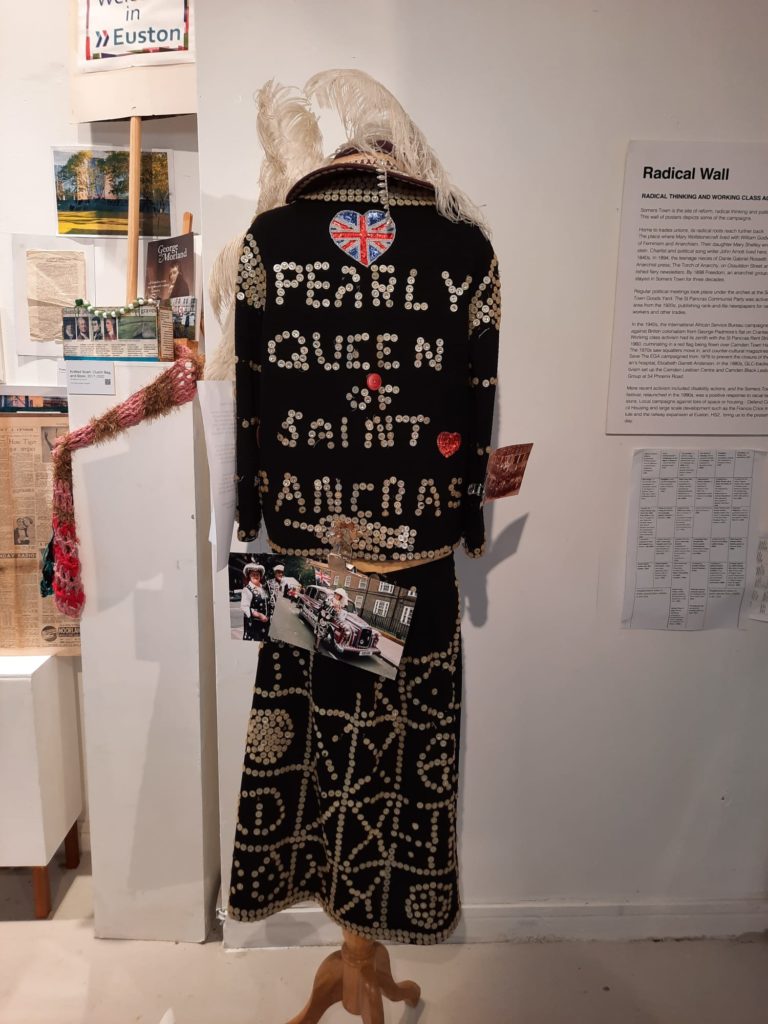
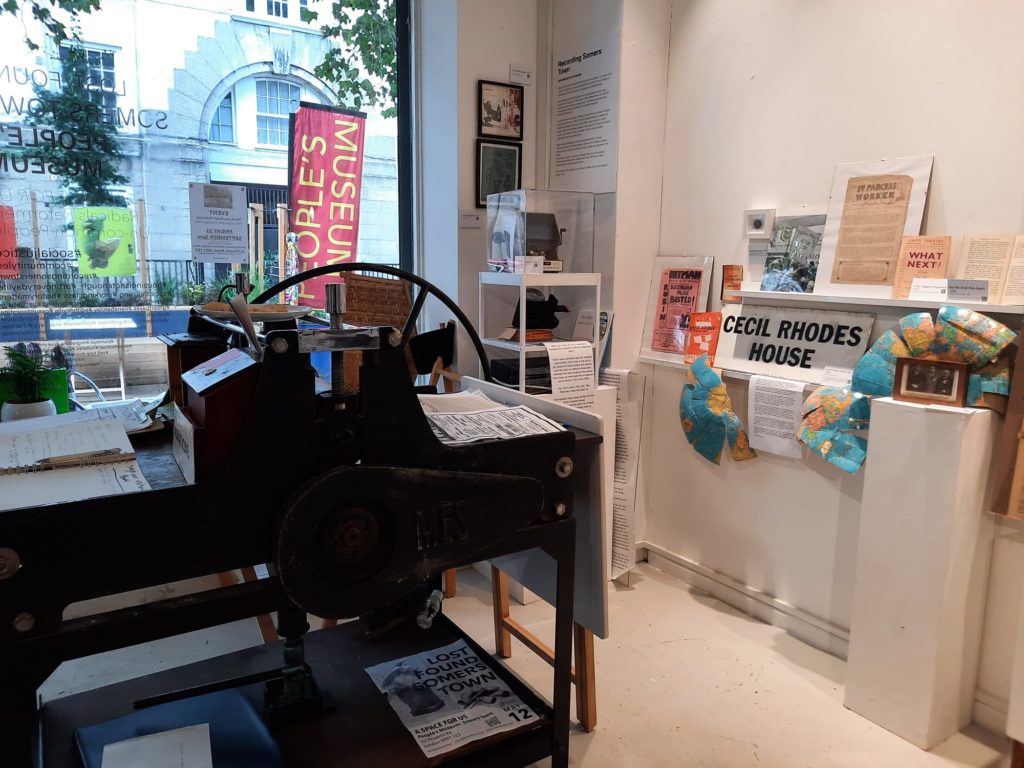
Radical Neighbourhood, Radical Museum
There are plenty of precedents for museums which play a role in advocating for and serving their local community, including for instance Cape Town’s District Six Museum. A museum can be a statement: this place is worthy of a museum, our stories are as valuable as those of wealthier citizens. And when the place is threatened, as Somers Town is by the twin shadows of yet more large-scale development and gentrification, a museum can be a focal point for community organisation. One which may be more accessible to outsiders than protests and lobbying activities.
I’m not saying a museum can have all the answers. A museum can’t solve controversial government strategies, the pricing out of local residents from inner city neighbourhoods, the closure of community spaces like pubs, and so on. But it gives a voice to these concerns, acts as a repository of different ways that these issues have been tackled in the past, and is a reminder for what is at stake.
If you are interested in London history, grass roots activism, social housing, places mentioned by Charles Dickens, working class neighbourhoods, or anything else that the Somers Town People’s Museum represents, then you can check out their website here for their mailing list, upcoming events etc. See how you can support this community-led project to preserve their community for the future.
If you see this after your page is loaded completely, leafletJS files are missing.

